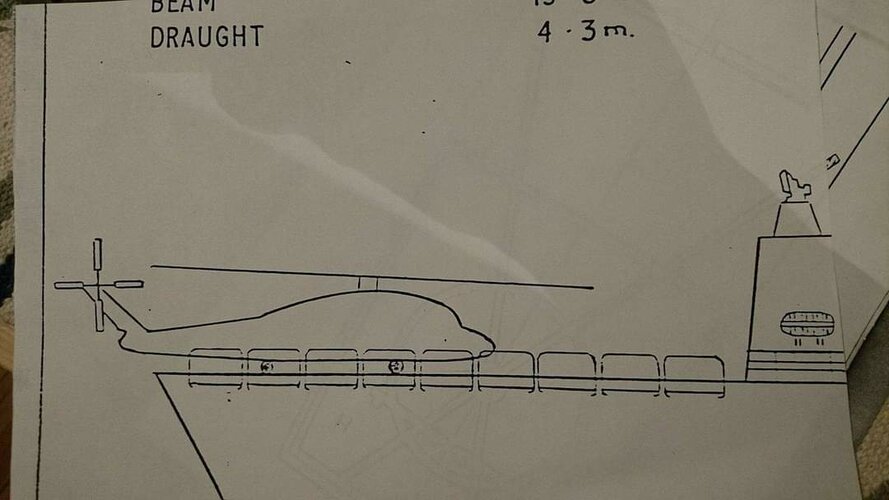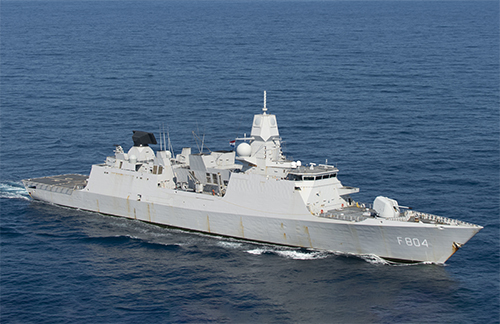Volkodav
I really should change my personal text
- Joined
- 28 March 2014
- Messages
- 652
- Reaction score
- 1,088
The MEKO 200ANZ was selected for the RAN Patrol Frigate Project in the late 80s with the Dutch M Class considered by many to be the preferred option losing out. The other option in the final three was what was termed the Mini Type 23, or even as the "cut and bob tied' Type 23. The Type 23 was highly regarded by the RAN, in particular the ASW community, while the FAA probably also appreciated the fact they could operate a Seaking as required, something the in service FFGs couldn't do. The issue was it was larger and more expensive than the government wanted.
Prior the the Dibb report and following White Paper, the Type 23 had been a logical contender for the one for one replacement in the in service Type 12 derived Destroyer Escorts of the River Class, six high end ASW Frigates, replacing 6 ASW escorts. The White paper listed a requirement for eight lower spec Patrol Frigates and still liking the Type 23 a shortened cheaper version was considered. I do not have specs on this version and would appreciate if anyone else does.
Anyway to the point of this post, while both the full and mini Type 23 options would almost definitely have used existing RN systems with minimal 'Australianisation" I am speculating that an alternate proposal could have been for a Type 23 incorporating US systems, i.e. as was proposed for the RAN County Class DLG and Type 21 Amazon proposals and the actual Type 26 Hunter Class. So I am imagining either a full Type 23 or the Cut and Bob tied version with Tactical or self defence length Mk 41, a Mk 45 5" gun, US or Dutch radars. Mid life update with the CAE radars ESSM and possibly due to the Type 23s greater displacement and the lower hight of the VLS installation, an increase in the size of the VLS installation which was not possible on the actual ANZACS due to top weight issues.
Again this relates to my new house having a hobby room in the granny flat and the trumpeter 1/700 Type 23 kit I saw in the model shop the other day. I already have an assortment of weapons and sensors I can add to produce this notional design. Any thoughts on how realistic this is and suggestions on execution of this notional RAN Type 23 with US systems?
Prior the the Dibb report and following White Paper, the Type 23 had been a logical contender for the one for one replacement in the in service Type 12 derived Destroyer Escorts of the River Class, six high end ASW Frigates, replacing 6 ASW escorts. The White paper listed a requirement for eight lower spec Patrol Frigates and still liking the Type 23 a shortened cheaper version was considered. I do not have specs on this version and would appreciate if anyone else does.
Anyway to the point of this post, while both the full and mini Type 23 options would almost definitely have used existing RN systems with minimal 'Australianisation" I am speculating that an alternate proposal could have been for a Type 23 incorporating US systems, i.e. as was proposed for the RAN County Class DLG and Type 21 Amazon proposals and the actual Type 26 Hunter Class. So I am imagining either a full Type 23 or the Cut and Bob tied version with Tactical or self defence length Mk 41, a Mk 45 5" gun, US or Dutch radars. Mid life update with the CAE radars ESSM and possibly due to the Type 23s greater displacement and the lower hight of the VLS installation, an increase in the size of the VLS installation which was not possible on the actual ANZACS due to top weight issues.
Again this relates to my new house having a hobby room in the granny flat and the trumpeter 1/700 Type 23 kit I saw in the model shop the other day. I already have an assortment of weapons and sensors I can add to produce this notional design. Any thoughts on how realistic this is and suggestions on execution of this notional RAN Type 23 with US systems?
Last edited:



